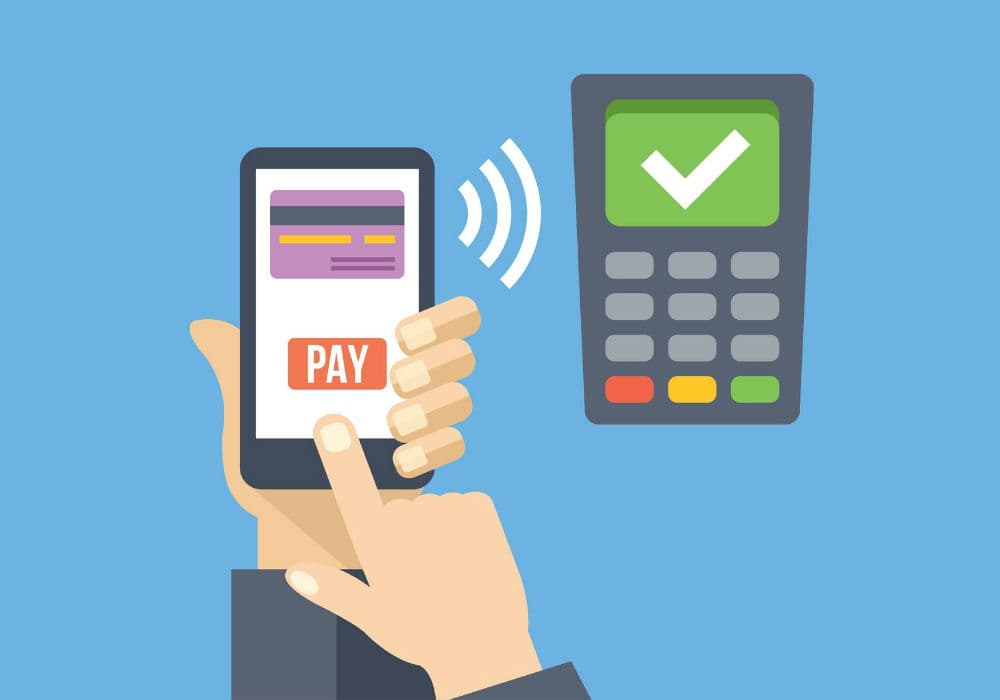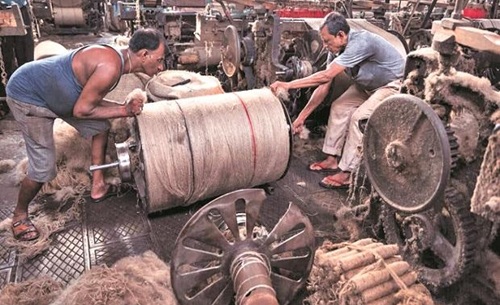Over the last few years, India has witnessed a seismic shift from cash-based to digital payments. Thanks to technological innovation, supportive regulation, and rising internet penetration, digital transactions are changing how we spend — in both small everyday purchases and large-ticket items. Here are the key ways this transformation is happening, backed by numbers.
The Scale: Digital Payments Exploding
- UPI Leading the Charge
The Unified Payments Interface (UPI) has become the backbone of India’s digital payments ecosystem. In May 2025, UPI handled 18.68 billion transactions worth ₹25,14,000 crore (≈ US$ 294.21 billion).
To give perspective: in March 2025 UPI processed 18.3 billion transactions with a value of ~ ₹24.77 lakh crore.
- Huge YoY Growth
Comparing FY2023-24 with FY2022-23, the total digital payment volume increased by ~34.8%, and the value by 9%. UPI’s share in this growth was especially large: its volume rose ~41.7% and value ~30.3%.
- Dominance of UPI in Retail
Retail digital payments saw UPI accounting for ~84% of all transaction volumes in FY2023-24.
Also, UPI’s share among all digital payments leapt from ~34% in 2019 to ~83% in 2024.
- Digital Payments Index Rising
The RBI’s Digital Payments Index (DPI), which measures infrastructure, adoption, usage etc., rose by 10.7% YoY as of March 2025. The index stood at 493.22, compared to 445.50 in March 2024.

How Spending Behaviour Is Changing
The kinds of transactions people make digitally, and the way they spend money, are changing in significant ways.
1. More small-value transactions via digital
UPI isn’t just for big payments. Low-ticket items and everyday spends (tea, groceries, local kirana shops) are increasingly done via UPI using QR codes or P2M modes. The P2M (person-to-merchant) growth for transactions under ₹500 has seen a very high CAGR (Compound Annual Growth Rate).
2. Frequency over size
There’s an increase in volume (number of transactions), more than proportionate increase in value. That means more frequent, smaller spends. For example, in December 2024, India saw 16.73 billion UPI transactions worth ₹23.25 lakh crore, which was a 39% YoY growth in number, but only ~28% in value.
3. Penetration into semi-urban & rural areas
Earlier, digital payments were dominated by urban centres. But now usage in smaller towns and villages is rising fast. UPI and other digital payment methods are reaching retailers, shops in semi-urban / rural India, which is changing how and when people spend (less cash dependency). (Various reports note this trend, though exact numbers vary.)
4. Trust and convenience are winning
The increase in infrastructure (more smartphones, better internet connectivity, more point-of-sale terminals, more merchants accepting QR code / UPI) has reduced friction. Also, regulatory support (no major fees for UPI transactions, government push, digital literacy programs) is building trust.
5. High-value uses moving to digital
While everyday spending has moved digital, we also see people using UPI and other instruments for larger payments. For example, UPI categories above ₹2,000 have shown very high growth rates. The government has, in some categories raised transaction limits (for selected high-value use cases) via UPI.
What This Means for Indian Consumers & Businesses
- Cash usage is shrinking: With the convenience and ubiquity of digital payment modes, fewer people carry large amounts of cash. For small daily purchases, digital is often the preferred or default option.
- Budgeting & tracking: Digital payments leave trails. This helps consumers track where their money is going, plan budgets, and make more deliberate spending decisions.
- Impulse purchases & micro-transactions: Subscription services (OTT), in-app purchases, micro-donations, small spend apps (food deliveries, ride hailing) become easier with stored digital payment credentials. This tends to increase small spontaneous spending.
- Small businesses & merchants benefit: Retailers who accept digital payments can benefit via lower risk of handling cash, broader customer base, and possibly increased sales, since customers more willing to spend digitally.
- Financial inclusion: More people getting access to bank accounts, mobile phones, UPI IDs etc means that previously unbanked or under-banked populations are now able to spend, save and transact. This has huge implications, especially in rural India.
Challenges & Risks Still Ahead
While the trend is strong, some challenges remain:
- Digital divide: Not everyone has a smartphone, reliable internet, or familiarity with digital payments. Rural areas, older population, lower literacy are still barriers.
- Security concerns: More transactions mean more opportunities for fraud. Scams, phishing, unauthorized transfers are still risks. Consumer awareness is still catching up.
- Over-dependence on certain platforms: UPI is very dominant; reliance on a few large platforms could pose systemic risks if there are disruptions.
- Cost and infrastructure: For merchants, costs of QR terminals, connectivity, and occasional technical glitches still matter. For consumers, issues like digital literacy, trust, and sometimes bank charges (for non-UPI modes) persist.
Looking Ahead: What Likely to Change More
With features like UPI credit card, digital lending, and biometric payments, managing money is becoming simpler than ever. For consumers, this means faster and easier access to financial services. For businesses, it opens up new opportunities to reach more customers and grow.
- Offline digital payments: Systems that allow digital payment that work even without continuous internet (or with intermittent connectivity) will grow.
- Feature phones / low-spec devices: More inclusion via non-smartphone methods (“UPI 123Pay”-type, voice-based) to bring older/less technical users on board.
- Embedded finance: Payments being built into apps (shopping, local commerce, transport etc) so that payments become invisible or seamless.
- Expanding use cases: Paying utility bills, rent, insurance, education, travel etc via digital channels will rise more; even high-value/infrequent spends moving online.
- Regulation & oversight: More safeguards, consumer protection, fraud monitoring, and possibly differential pricing or limits based on risk will evolve.
Final Thoughts
Digital transactions are no longer a niche; they are becoming the norm in India. What once was an occasional convenience is fast becoming how nearly everything is paid — from your morning chai to your electricity bill. The shift affects not just how we spend, but how we think about money, value, budgeting, and trust. For consumers, it’s about greater convenience, possibility, and traceability; for businesses and the economy, it’s about efficiency, inclusivity, scale.
India’s journey from cash-heavy to digital payments-heavy has already covered a lot of ground, but the road ahead promises deeper transformation. With continued improvement in infrastructure, wider reach, strong regulation, and rising trust, digital transactions will redefine spending for many more million Indians in years to come.

